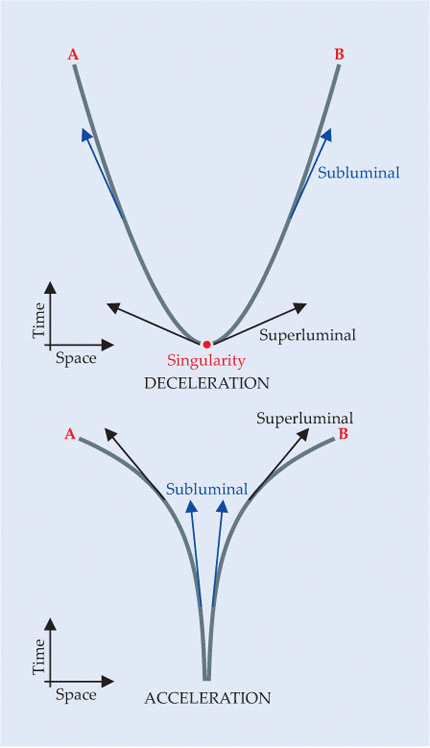lknox "at" ucdavis.edu

Research Topics
My current research efforts mostly have to do with analysis and interpretation of cosmic microwave background and related data. Important questions are: what are the values of cosmological parameters? Are there any indications of physics beyond the standard cosmological model? What are the important physical processes that lead to constraints on cosmological parameters? What are constraints on extensions to the standard cosmological model? What do the data tell us about the origin of the "initial" perturbations that have led to all the structure we see around us in the universe?
As Described in the Media
A 2019 Scientific American article on "Chasing the Sound Horizon."
An article on my research group and me in The Sacramento Bee, September 2015.
"Astronomers Indirectly Spot Neutrinos Released Just 1 Second after the Birth of the Universe" in Scientific American in December 2015.
This definitely oversells the importance of our discovery of the impact of supersonic neutrinos in the big bang, but is a pretty fun, brief, and informative history of cosmology to read, "Cosmic neutrinos detected, confirming the Big Bang’s last great prediction."
Publications
A complete list of my scholarly publications can be found here.
Highlights
2020-2022:
A Symmetry of Cosmological Observables, and a High Hubble Constant as an Indicator of a Mirror World Dark Sector
Cleaning our own dust: simulating and separating galactic dust foregrounds with neural networks
Planck 2018 results. VI. Cosmological parameters
CMB-S4: Forecasting Constraints on Primordial Gravitational Waves
Hubble constant hunter's guide
2016-2019:
CMB-S4 Science Case, Reference Design, and Project Plan
Sounds Discordant: Classical Distance Ladder and ΛCDM- based Determinations of the Cosmological Sound Horizon
Insensitivity of the distance ladder Hubble constant determination to Cepheid calibration modelling choices
A Comparison of Cosmological Parameters Determined from CMB Temperature Power Spectra from the South Pole Telescope and the Planck Satellite
Planck intermediate results. LI. Features in the cosmic microwave background temperature power spectrum and shifts in cosmological parameters
CMB-S4 Science Book, First Edition
Cosmic microwave background acoustic peak locations
2011-2015:
A First Detection of the Acoustic Oscillation Phase Shift Expected from the Cosmic Neutrino Background, by Follin, Knox, Millea and Pan, Phys. Rev. Lett. (2015).
New Bounds for Axions and Axion-Like Particles with keV-GeV Masses, Millea, Fields and Knox, Phys. Rev. D in press.
Joint Analysis of BICEP2/Keck Array and Planck Data
Planck 2013 results. XVI. Cosmological parameters
Planck 2013 results. XV. CMB power spectra and likelihood
How massless neutrinos affect the cosmic microwave background damping tail, Hou, Keisler, Knox, Millea and Reichardt (2013)
Constraints on Cosmology from the Cosmic Microwave Background Power Spectrum of the 2500 deg2 SPT-SZ Survey, Hou et al. (2014)
2006-2010:
The Far-Infrared Background Correlation with Cosmic Microwave Background Lensing
Precision measurement of the mean curvature
Exploring Large-Scale Structure with Billions of Galaxies
2001-2006:
Determining Neutrino Mass from the Cosmic Microwave Background Alone (PRL, 2003)
Limit on the Detectability of the Energy Scale of Inflation
Effect of Hot Baryons on the Weak-Lensing Shear Power Spectrum
Bayesian methods for cosmological parameter estimation from cosmic microwave background measurements (ApJL 2001)
The Far-Infrared Background Correlation with Cosmic Microwave Background Lensing, Song, Cooray, Knox, and Zaldarriaga (ApJ 2003)
1993-2000:
Correlations in the Far-Infrared Background
Estimating the Power Spectrum of the Cosmic Microwave Background
Dark Energy and the Cosmic Microwave Background Radiation
Impact of Inhomogeneous Reionization on Cosmic Microwave Background Anisotropy
Cosmic Microwave Background Anisotropy Induced by Cosmic Strings on Angular Scales >~15'
Annihilating Cold Dark Matter
Inflation at the Electroweak Scale
Determination of inflationary observables by cosmic microwave background anisotropy experiments

CMB spectra (TT, TE and EE (X 100)) as determined by Planck, together with best-fit standard cosmological model spectra. The agreement between theory and data here is quite remarkable. We understand a lot about what was happening 14 billion years ago and 47 billion light years away. For more on cosmological results from the Planck satellite visit here or watch my plenary talk at the 2013 annual meeting of the American Physical Society.

Figure 1 from "A First Detection of the Acoustic Oscillation Phase Shift Expected from the Cosmic Neutrino Background" with various effects of neutrinos removed from the (damping-deconvolved) spectra in steps from top panel to bottom panel. The Planck data are sufficiently precise to be sensitive to the subtle phase shift effects in the bottom panel.

A figure from the first paper to point out that there would be a correlation, and a strong one, between the far-infrared background anisotropies and CMB lensing, Song et al. (2003). This correlation has since been detected with data from the Planck satellite.

From "Particle Physics and the Cosmic Microwave Background" in Physics Today.
For a broader audience
In 2015, together with John Carlstrom and Tom Crawford, I wrote an article for Physics Today on Particle Physics and the Cosmic Microwave Background. It's mostly about cosmic inflation. Our goal was to have it be accessible by people with a bachelor's degree in physics.
Collaborators
Most of my research is done with collaborators, sometimes small groups, including or limited to my graduate students, and sometimes large formal collaborations. I am a member of the South Pole Telescope Collaboration and the Planck Collaboration.

Some of the South Pole Telescope collaboration in July 2013

Lloyd Knox and graduate students Brent Follin, Marius Millea and Zhen Pan in June 2014.

Image credit: Lezlie Sterling (Sacramento Bee). Graduate students Brent Follin (left) and Zhen Pan (on couch in foreground) in my office with me.



